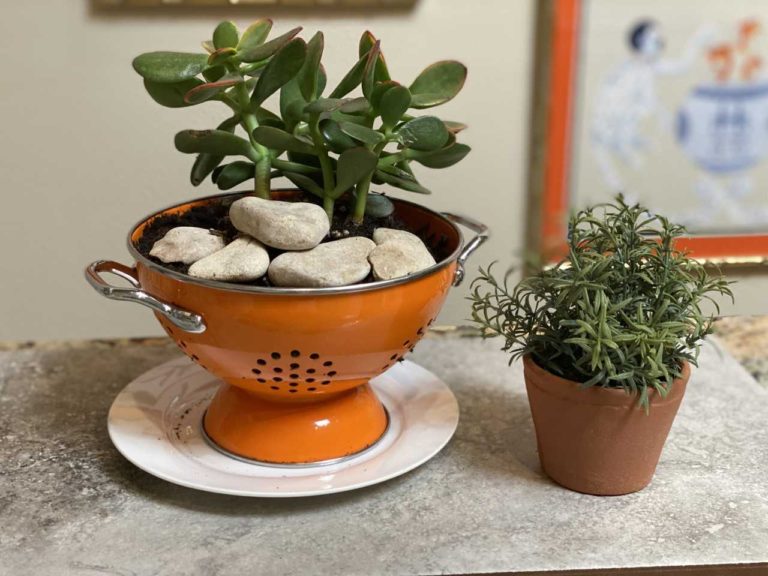Dining Etiquette for the Entrepreneur

Nowhere are manners more evident than during a business meal.

This article originally appeared on Inc.com.
There’s more to dining etiquette than knowing which fork to use. A real pro will walk away from the table leaving others with a favorable impression, setting the stage for the next steps in the relationship. Whether you’re a host or guest, table manners will set you apart in a positive or negative way.
As a host, a meal allows you to build and strengthen connections with people important to your success. When you’re the guest, you’re giving potential business partners insight into your personality as well as your professionalism. As a prospective job candidate, your host is watching to see how you conduct yourself and how you will represent their company as an employee. It’s crucial to have your dining etiquette skills polished and ready to shine for any business opportunity that comes your way.
Here are eight steps for success at your next power meal.
Remember You’re Working
A business meal is an extension of your workday. It’s half networking opportunity and half business meeting—not a happy hour with friends. Be comfortable enough to put others at ease, but not so relaxed you forget you’re there in pursuit of a specific and desired outcome.
Set the Agenda
Some meals are more social in nature, such as a dinner to bond with a prospective client, while others are held to delve into the nitty-gritty details of a business deal. Let your invitees know what you have in mind when you extend an invitation, so they’re prepared.
It’s Not About the Food
Don’t go to a business meal starving. Eat something in advance so you can focus on the conversation, not on cleaning your plate. Always avoid ordering messy or complicated items, such as spaghetti, ribs or crab legs.
If you want your guest to feel comfortable ordering at any price point, get something near the top of the price range. If you’re the guest and aren’t getting cues from your host, order something in the middle range to avoid looking like you’re taking advantage of a free meal.
Show Your Sophistication
As a host, take responsibility for every detail after you extend an invitation: choosing the venue, selecting the table, setting the pace of the meal and paying the bill.
As a guest, this means letting the host handle the details, but having your credit card handy in case the host falls short on their responsibilities. If you’re invited to lunch, don’t argue over the bill and thank them.
Job interviewees, take note: if the interviewer doesn’t reach for the check, that’s a red flag that they may not be an ideal employer because it may be an indication they struggle with paying their employees.
Know Which Drink is Yours
Be familiar enough with the table settings to know which is your bread plate and which is your glass (bread is on the left, drinks are on the right). When faced with more than one fork or spoon, start with the one on the outside and work your way toward the plate.
Be Aware of Your Body Language
Show you’re engaged by sitting up straight and remembering the other rules your mother taught you: chew with your mouth closed, don’t talk with your mouth full, avoid pointing with your utensils and keep your elbows off the table.
If you must leave the table during the meal, remove your napkin from your lap and place it on your seat, then return it to your lap when you sit down again.
Turn Your Cell Phone Off
Turn off your ringer and keep your technology out of sight. Answering a call or responding to a text shows your dining companion they’re not your top priority. Give your tablemate(s) your full attention.
Be Ready to Talk
In a world where we often eat hurriedly alone at our desks, a business meal takes away other distractions and requires us to make conversation. Bring your best networking moves to the table, ready with general topics of discussion: the restaurant, food, sports, movies, TV shows, interesting news and avoiding polarizing subjects such as politics.
Walk in with a genuine interest in learning more about the other person and keep a few questions on the tip of your tongue: Where did you go to college? How long have you been with the company? How did you get into the industry? These are good questions to start any conversation. Find areas of common interest and build on them.
For more of Diane’s etiquette tips, you may enjoy Dining Etiquette: Who Should Pay When You Go Out to Lunch? Read her posts on Inc., subscribe to her articles on HuffPost, “like” The Protocol School of Texas on Facebook, and follow her on Pinterest, Instagram and Twitter. Buy her new book, Modern Etiquette for a Better Life.







